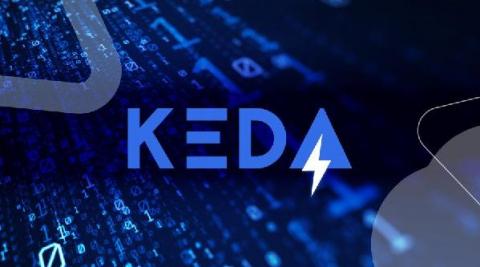Elastigroup configurable auto-healing
When EC2 instances fail to serve requests the usual cause is typically hardware issues or high CPU utilization. To avoid sending traffic to instances with these issues, AWS continuously monitors instance health and routes inbound traffic accordingly. In the past Elastigroup fetched the health status for all managed instances and triggered an automatic replacement once an instance was determined as unhealthy.








